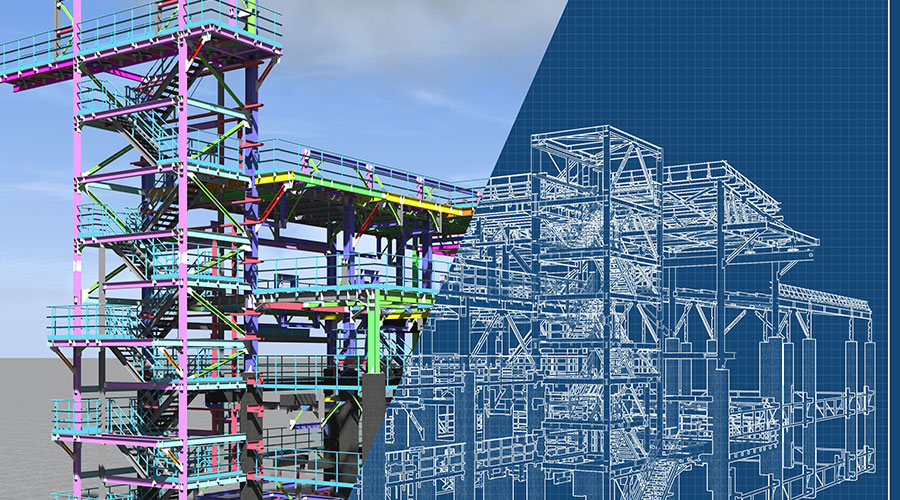How Managers Can Streamline CMMS
Maximizing the performance of a CMMS can improve technician productivity and hold down inventory costs.
Computerized maintenance management systems (CMMS) for years have been demonstrating their value to maintenance and engineering managers, from tracking the organization’s assets to scheduling and tracking maintenance tasks. But managers can use a CMMS to benefit other areas, including inventory management.
For maintenance technicians to be able to perform maintenance tasks in a timely manner, they must have ready access to the replacement parts when they are needed. Knowing the needed parts and the number of each to stock can be a major headache for managers.
Too much inventory ties up too much capital and too much warehouse space. Too little inventory or the wrong inventory slows the completion of maintenance work orders. The challenge for managers is ensuring that technicians have the parts and materials they need when they need them without breaking the budget.
In a typical year, organizations spend more than $100 billion on operating and maintenance parts and materials, from replacement components to cleaning supplies. Studies have shown that organizations that do not have a CMMS with an inventory management component end up stockpiling 10 percent or more of the materials ordered on a warehouse shelf somewhere, never to be used. Much of it eventually becomes obsolete. And when the warehouse runs out of space, much of this unused inventory gets trashed.
A successful inventory system balances inventory levels against costs while forecasting technician needs, taking into account replenishment lead times and the time during the year technicians need the part. A CMMS-based inventory management system can accomplish this by giving managers the information they need at the time they need it.
On the upside
One of the most significant benefits of a CMMS-based inventory management system is that it helps managers determine the optimum inventory in terms of quantity and of the actual content. This benefit helps to prevent both understocking and overstocking of items while eliminating those items technicians rarely if ever need. Maintaining the optimum level of inventory results in a high turnover rate, which is essential in ensuring that inventory items do not become obsolete.
Implementing such a system shifts the focus of inventory management away from reactive and toward proactive. Reactive inventory systems have two major drawbacks.
First, they often do not have the needed items on hand when technicians need them. As a result, delays occur in completing work orders or restoring service while parts or supplies are ordered. Second, managers who get burned because their system did not have the needed materials when technicians need them react by over-ordering. As a result, capital becomes invested in parts technicians do not yet need, or worse, might never need.
Tracking parts and supply use can improve the entire warehouse system efficiency. If managers know which items technicians use the most, they can lay out the warehouse to make those items more accessible, cutting picking times.
Tracking the data generated by the system also shows patterns of use — not only parts used but when technicians used them. For example, facilities with large steam systems often schedule system maintenance during the summer when the demand for steam is low. Some of the most commonly used parts during these maintenance shutdowns include replacement steam traps and valves. By tracking the number and type of components technicians need during a typical maintenance shutdown, the system can identify for managers the number and type of items and to have on hand before the shutdown.
Facilities are always in a state of flux. Operations change. Equipment changes. These changes result changes in the items managers need to keep in inventory. For example, suppose a facility replaces an older emergency generator with one from a different manufacturer that has a different capacity. Chances are, the warehouse had stocked components — filters, plugs, belts, relays, etc. — specific to the older generator. Once the new generator goes, those parts in inventory are obsolete and simply taking up warehouse space. Even worse, unless someone updates the parts inventory, essential parts will not be available for the new generator when technicians need them. An inventory management system can do both.
Related Topics:














